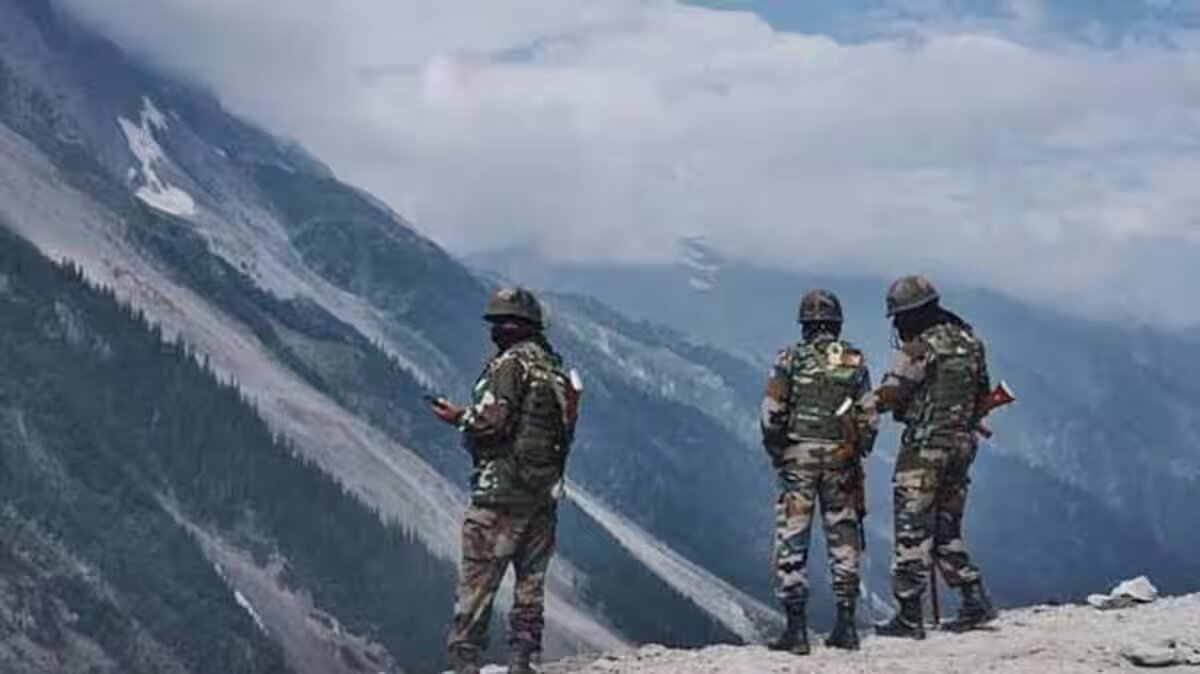
Indian and Chinese troops have pulled back to their respective sides in the Depsang plains and Demchok areas in eastern Ladakh, though the withdrawal hasn’t taken them far. These were the last remaining points of tension since the 2020 border standoff along the Line of Actual Control (LAC) in eastern Ladakh. According to defense sources, both sides have dismantled some tents in Depsang, with plans to gradually remove more permanent structures. The disengagement process will allow patrolling to resume once complete, as Defence Minister Rajnath Singh confirmed a consensus was reached with China to restore the “ground situation” on principles of mutual security, allowing for traditional patrolling and grazing.
The Depsang plains have been a significant concern, with Chinese troops blocking access to Patrolling Points (PPs) 10 through 13, spanning approximately 952 square kilometers inside Indian territory. The area is strategically important as it is near the Y-Junction, about 20 km from India’s Daulat Beg Oldi (DBO) airfield, which links to the Siachen Glacier. Here, the Chinese presence has restricted Indian patrol movements in the region. At Demchok, Chinese troops had crossed west of the Charding Nullah (CNN), building tents on what is recognized as Indian territory. Both sides have now agreed to return to their respective territories at CNN as part of the recent disengagement efforts.
This new agreement applies specifically to Depsang and Demchok, without affecting previous disengagements at other areas like PP 14 (Galwan), PP 15 (Hot Springs), and PP 17A (Gogra), along with the Pangong Tso banks where buffer zones remain intact. Since the 2020 standoff, India has stationed over 68,000 troops, along with tanks, Infantry Combat Vehicles, and artillery in the region, responding to China’s troop presence across the LAC in Ladakh.

Post Your Comments